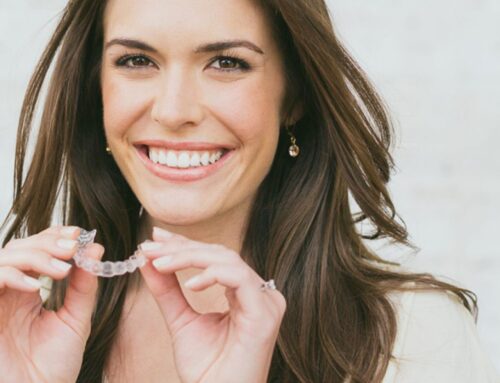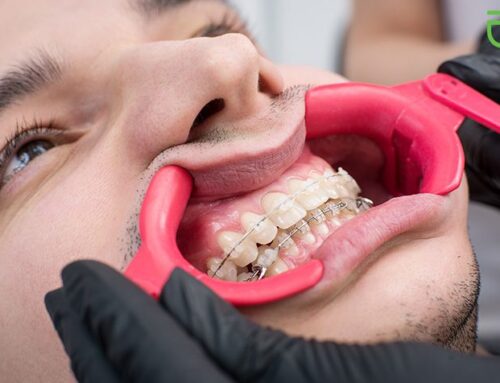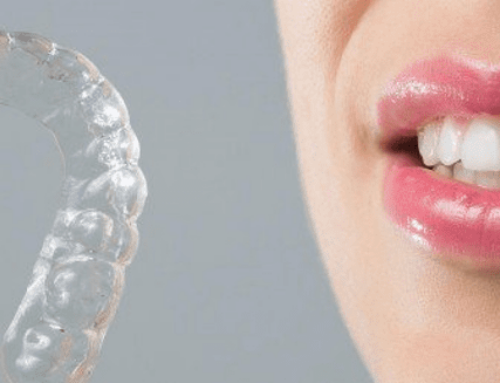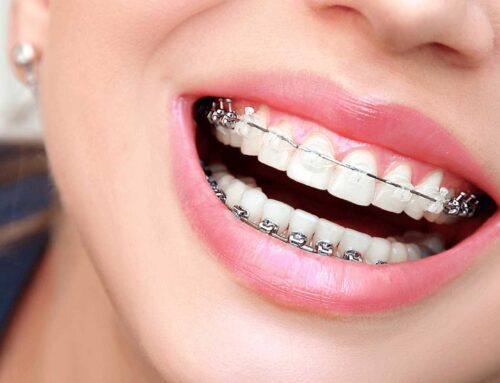After the Braces Are Off – Proper Post Braces Treatment Care
After 18 to 24 arduous months, your dentist has finally said the words you’ve been waiting to hear, “congratulations, your treatment is complete”. After numerous appointments, checkups and adjustments, you can now enjoy life without metal or ceramic brackets on your teeth. Best of all, you can flash a smile of straight teeth without feeling self-conscious.
Once the excitement subsides, you must commit to caring for your teeth to make sure you don’t end up back in braces or with other oral health problems. Your new at-home routine should ensure that your teeth remain healthy and straight and that you stay out of the dentist’s chair.
Let’s review what methods and practices you should adopt for your post-orthodontic oral care. We’ll look at retainers and offer some tips for your personal schedule. We’ll also explore why regular checkups are a necessity.
Gum and Jaw Issues
It’s not uncommon for people to experience gum recession or jaw problems after their braces have been removed.
Gum recession is when the tissue that surrounds teeth retreats leaving the root exposed. To avoid this issues, patients who are no longer wearing braces should:
- Only use a toothbrush with soft bristles
- Avoid teeth grinding
- Wear a retainer if recommended by your orthodontist
Jaw problems can include temporomandibular joint disorders (TMJ), symptoms of which can include difficulty chewing food or clicking of the jaw. To reduce the likelihood of developing TMJ after braces, you should:
- Do your best to keep your facial muscles relaxed
- Avoid foods that are overly chewy
- Wear a retainer if recommended by your orthodontist
An orthodontist might also recommend dental splints if they feel the patient is showing the early warning signs of TMJ. These devices are similar to a retainer. They are worn at night to keep the lower jaw securely in its proper position.
Retainers
Many patients are advised by their dentist to wear a retainer once their braces are removed. Often, they are only required to wear the retainer at night or in between meals making them far less cumbersome than traditional braces. Still, this can be disheartening for some patients who thought they were in the clear.
Most people don’t realize that their teeth can shift. While a successful braces treatment moves teeth into a satisfactory final position, the potential still exists for them to move again. This could create gaps or result in crooked teeth. A retainer keeps the teeth in place while the surrounding bone and tissue adapts.
Retainers are customized to fit a patient’s mouth. There are two different types—removable and fixed—and an orthodontist will decide which is best for a patient’s case.
Your orthodontist will tell you how long you should wear a retainer for. The general rule is one year but this is ultimately determined on a case-by-case basis. It is possible that some patients must wear one for the same amount of time they wore their braces or, in some extreme cases, for the rest of their lives.
Whether you are happy or not with the idea of wearing a retainer, it’s best to trust the advice of your dentist or orthodontist and follow their instructions.
At-home Hygiene Habits
Post-braces, establishing and maintaining proper oral hygiene is key. Here are some tips that anyone fresh out of braces should immediately adopt for their personal regimen:
Brush your teeth at least twice a day. It’s not a bad idea to bump it up to three times a day for a few months after the braces have been removed. You should also change your toothbrush every three to four months or as soon as you notice that the bristles are wearing down or fraying.
Floss every day to prevent plaque from building up and to remove food from between your teeth that a toothbrush can’t reach.
Rinse with antibacterial mouthwash after eating any food or drinking any beverage that is sugary or can stain your teeth like red wine or coffee. If you eat something sugary and don’t have access to mouthwash, be sure to give your mouth a quick rinse with water.
If you have a retainer, you must clean it once a day. You can do so with a toothbrush and regular toothpaste. Some retainers require you to clean them with mouthwash or a denture cleaner like Polident. Ask your dentist what they recommend.
Once you devise your routine, you need to be diligent and wholeheartedly commit. This daily routine will help your teeth stay white and healthy and give them the best chance of staying in position.
You’ve worked so hard and invested so much in having straight teeth. The last thing you want to do is undermine your oral health and new radiant smile by not caring for your teeth that have just undergone extensive orthodontic treatment.
Diet
Most patients will be told to not eat anything that is too hot or too cold for at least a few weeks after the braces have been removed. This is because teeth can be rather sensitive post-treatment. Additionally, it’s a good idea to avoid foods that have a chewy or crunchy texture.
Speak with your orthodontist about what foods and drinks you should approach with caution or avoid altogether. Most have a list that you can use for reference.
Regular Checkups
People who have never worn braces should attend regular checkups bi-annually. For people who have recently had their braces removed, regular checkups are even more important.
A checkup lets your dentist make sure your teeth have remained straight and aren’t showing any signs of shifting. Additionally, a dentist will ensure your teeth are clean and remove any plaque and tartar that might be developing.
Your orthodontist will schedule your first checkup shortly after your braces have been removed. The purpose of this is to remove any tartar that formed while the braces were on. This is common even for people who kept up with their oral hygiene while undergoing treatment.
Professional Cleaning and Whitening
Typically, professional cleanings are part of a checkup but you can also book additional ones to give your dentist a chance to clean your teeth without the impediment of braces. This can help offset the likelihood of developing cavities.
With respect to whitening, braces can cause teeth to have small discoloured spots. While this is normal and should correct itself over time with proper oral care, patients can still seek cosmetic whitening treatments. The caveat is that a patient should wait one to two months before receiving this treatment. Teeth can be sensitive after any orthodontic treatment and cosmetic whitening can cause pain or numbness.
You need to also be wary of using at-home whitening kits. While many of these products can remove stains over the course of weeks or months, they often use harsh chemicals which can feel even worse to teeth that have recently had braces. It’s best to abstain from at-home methods until some time has passed and to consult with your dentist prior to use.
Visit us Today!
If you’re looking for a new dentist in Barrie, Ontario then book your free, no-obligation consultation with us today! A member of our team will be happy to discuss our services and answer any questions you might have.
Appointment Request
If you’re interested in any of our procedures, and would like to meet with one of our dentists to discuss options, costs and get additional information, complete this short form and we’ll give you a call to arrange for a no-obligation appointment at our Barrie clinic.










